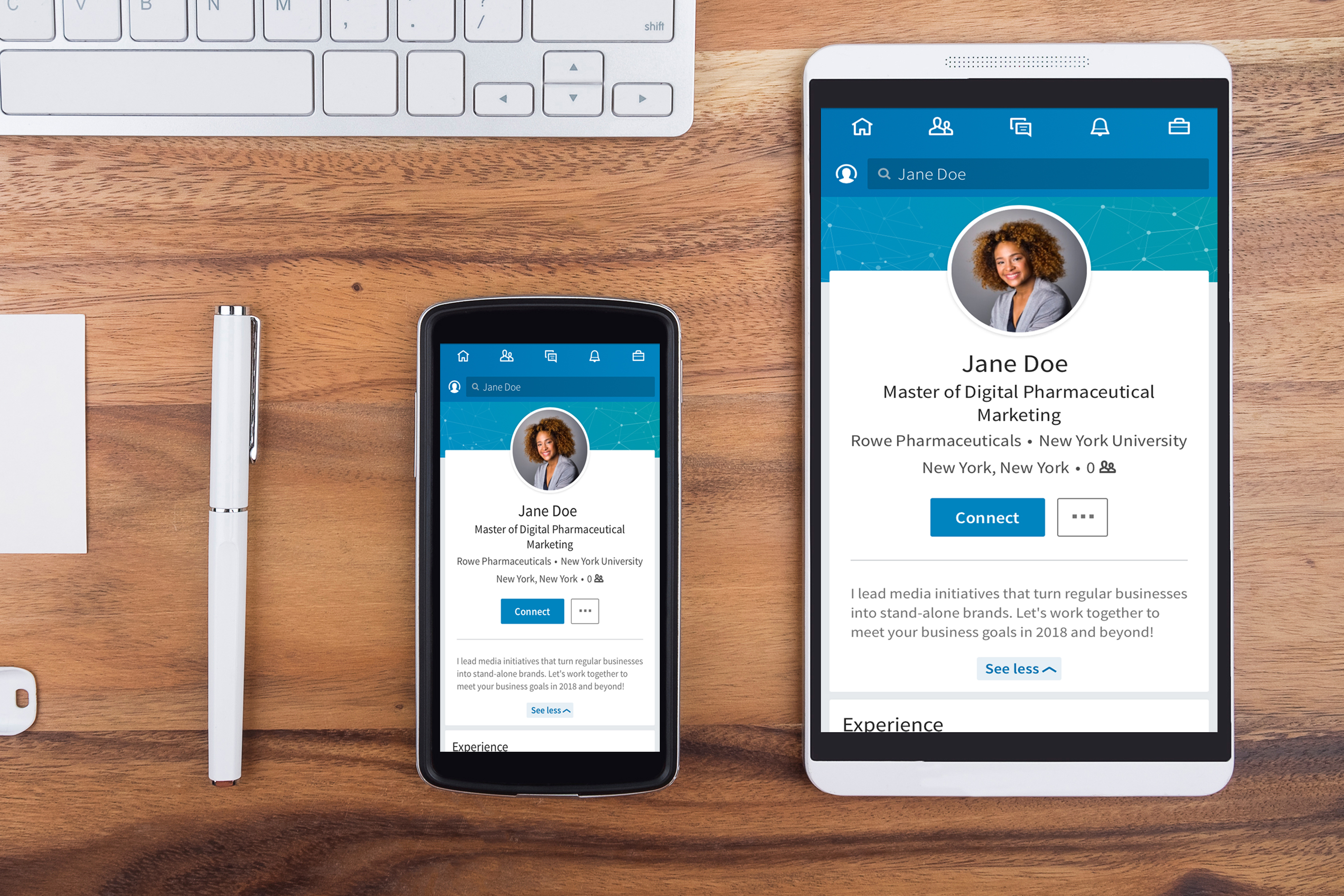As is now well known to everyone, Linkedin is a tool that can offer the possibility of obtaining an interview with companies that offer work. Do you already have a Linkedin profile? If the answer is yes you have already taken the first step, but it is not enough to have created the profile to increase your chances of finding a job: you also have to take care of the form and contents. Not only: sometimes mistakes are made, even trivial ones, which make a recruiter immediately discard the profile and move on to the next one.
There are, however, some details that it is important to modify or delete from your profile before any manager looking for collaborators notices them and that, for this reason, does not even take you into consideration for a possible selection.
1- Use of correct tenses
You can be very good and punctual in keeping your professional summary updated, but it is good to keep the entire profile constantly updated. Many users, in fact, change employment and forget to write it in their Linkedin profile, not going to update their previous work experience.
What often confuses recruiters, for example, is finding the use of present time to describe 3 different job positions. What is your current position? Use the present only for the one you are now holding and the past for all the others. This element may seem to have little relevance, however with the speed with which managers scroll the profile of the candidates, even the smallest mistake can be enough to be discarded.
2- Skills Section
Without a doubt you will be able to use Word or Power Point well, but if you put these abilities in the “Skills” section before others that distinguish you the most, such as knowing how to program, or edit images, you could lose the chance to point out to you. It is important to be able to properly sort out the skills you include in this section, as you should always remember that recruiters want to be able to capture the reason why you choose your own compared to others.
3- Training Section
Managers are interested in knowing your career included in the “Training” section, but be careful not to dwell too much. In fact, you only have to select the most significant and representative information, since otherwise there is a risk that the recruiters will not be impressed by your training. Do not forget to put extra-school courses at the top of the list, as this shows that you are eager to learn and continuously improve yourself, without losing the opportunity to increase your skills.
4- Profile
The photo of your Linkedin profile is the first thing that people see of you. It is therefore important to carefully select the photo to insert, so that you show off your professionalism. Using unprofessional photos is not a good business card to introduce yourself to companies.
5- Description of work experiences
If your Linkedin profile has a description of work experiences that is too long-winded, it is a good idea to change them. Very long descriptions do not appeal to recruiters very much and make the consultation of your profile boring. So, try to use bullet points to summarize your experiences and make sure you have essentially included information that could make you stand out from the others, omitting information with little added value.
And now the things not to do …
- Use the present to describe your previous work experience: The present is the tense that must be used only for the role you are currently holding. For all your past experiences it is good to use the past as a verb tense. So when you update your Linkedin profile, entering a new job position, remember to change the description of the previous ones, indicating that they are completed jobs.
- Do not prioritize your skills: If you know how to use Microsoft Word or Power Point well, it is right to include it in your profile, but if you also know programming languages or markup it is advisable to put these skills at the top of your computer skills list, as you it deals with “highly-desired skills”. Everyone knows how to use Word, but knowing how to program is a skill that few people have.
- Enter the list of all the courses you have taken at the university: Recruiters are interested to know which are the relevant courses you have taken, but do not want to find in the “Education” section the complete list of the courses you have followed.
- To stretch yourself too far: If you have entered long descriptions of your academic and / or professional career, it is better that you immediately change them and make them more synthetic! Recruiters spend very few minutes looking at your profile and if you’ve gone too far in the descriptions you risk your profile not being appreciated and considered. Short and schematic descriptions are preferable, for example in the form of bullet points.






